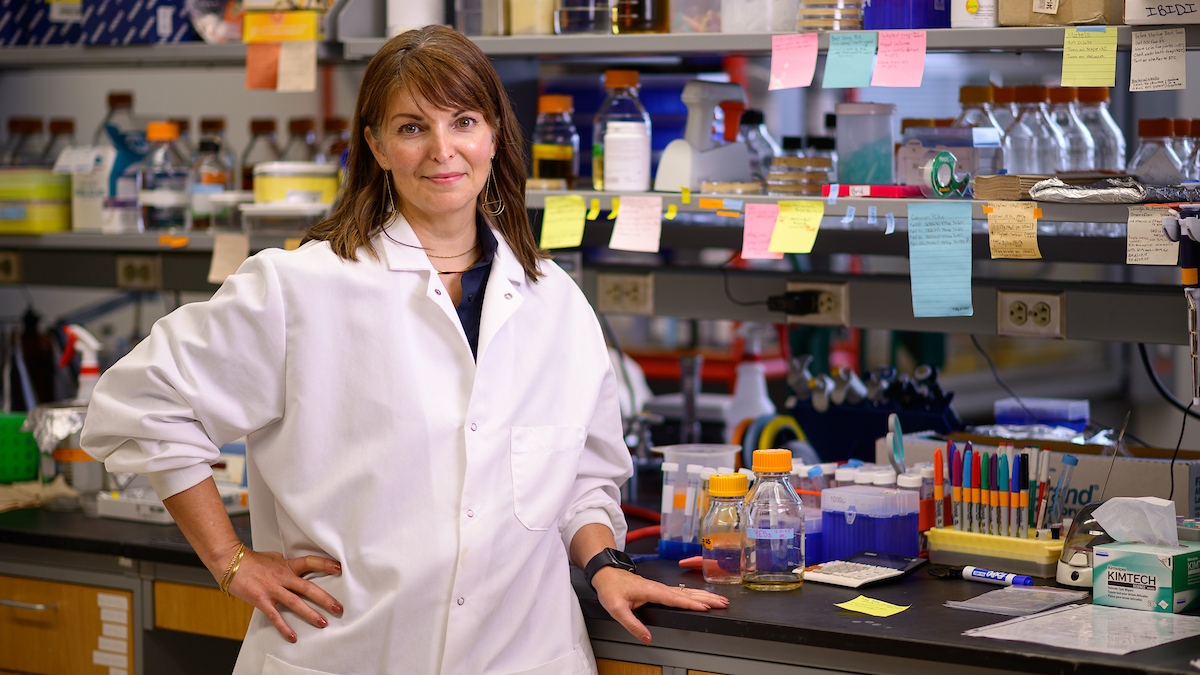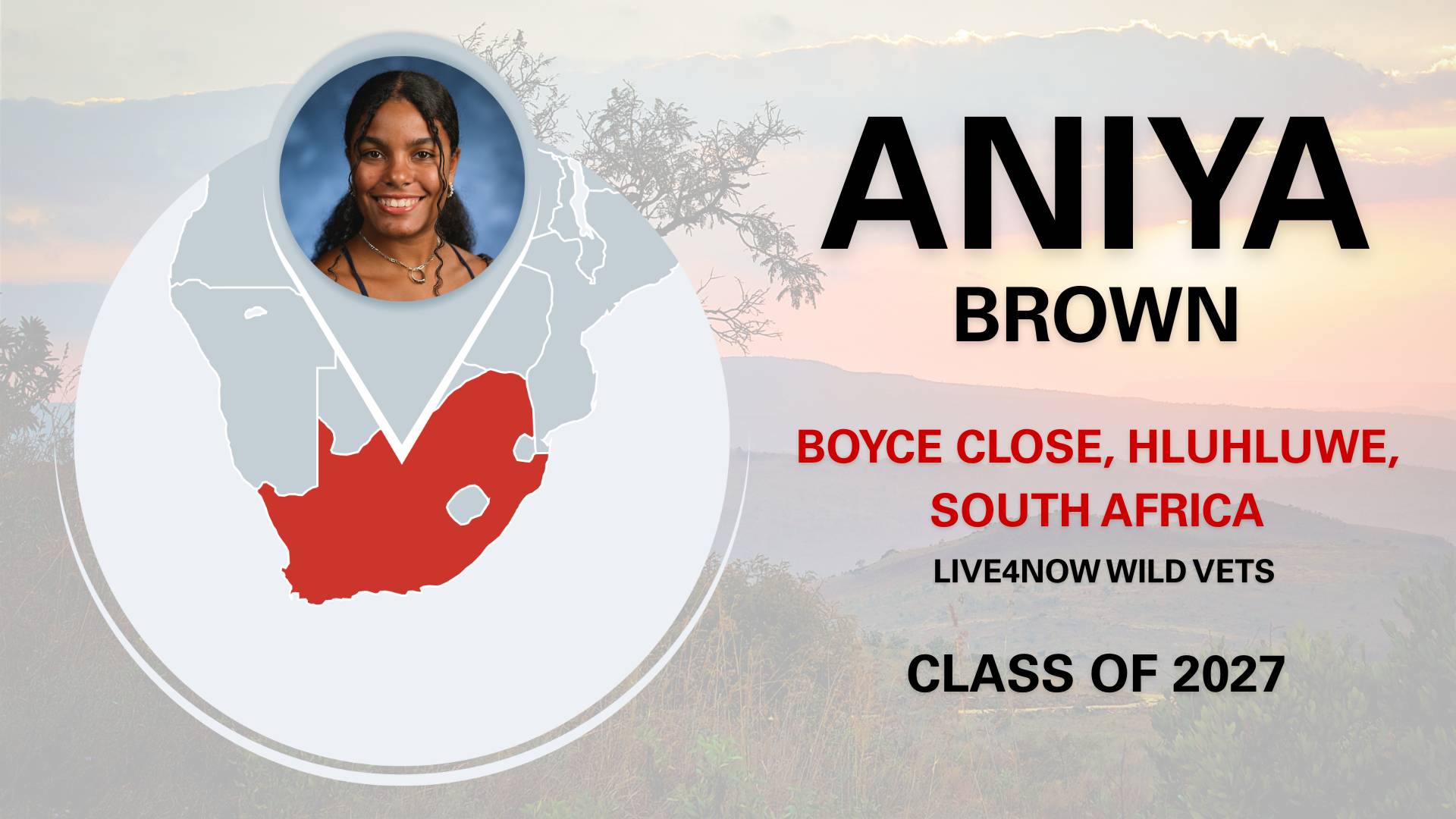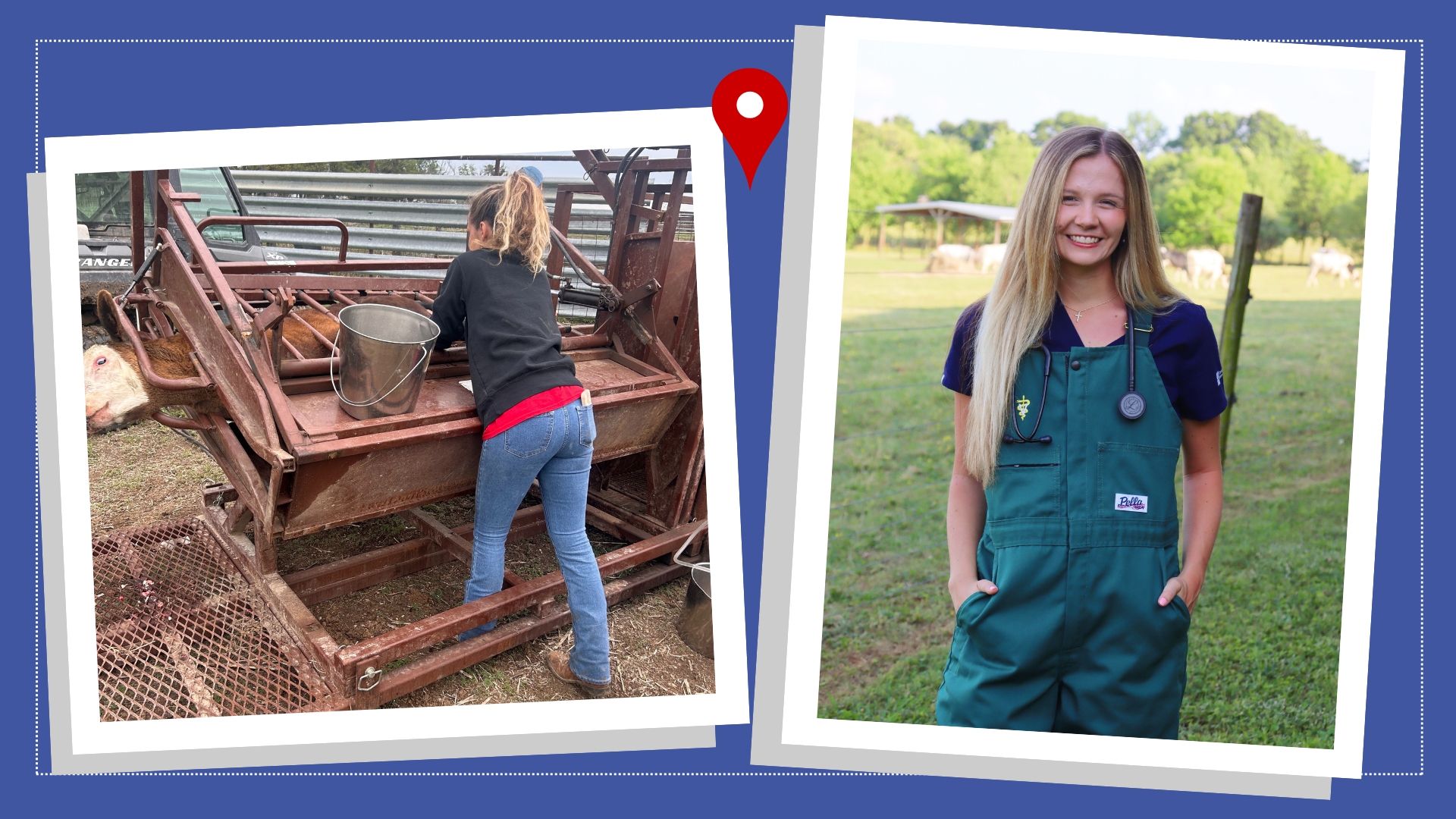At the Interface of Medicine and Agriculture: North Carolina’s College of Veterinary Medicine

With the NC State College of Veterinary Medicine main building in the background, the Teaching Animal Unit is a working farm where students learn first-hand about animal husbandry.
When Dr. Paul Lunn became North Carolina State University’s fourth veterinary dean in February 2012, he inherited a school built upon a firm foundation at the interface of medicine and agriculture. Perhaps that is one of the reasons why, after only 25 years of existence, it was ranked in the top three in the country in the latest U.S. News and World Report survey.1
North Carolina State, which graduated its first class of 37 students in 1985, is the most recent of the eight universities that established veterinary colleges in the late 1960s and the 1970s. Like all but one of the other colleges during this era, it was established on the state’s land grant campus.2
Recruited from Missouri as chair of the newly-established Department of Veterinary Science in 1974, founding dean Dr. Terrence M. Curtin was soon engulfed in the struggle over whether or not to develop a veterinary college in a state with many companion animals, livestock and horses, and with a strong medical infrastructure in the research triangle.3
The School of Agriculture and Life Sciences (now College), in which the veterinary science department had its academic home, was opposed to the establishment of a veterinary college, Curtin told me recently. “They thought they owned veterinary medicine and that it should be a part of agriculture rather than medicine.” Curtin also recalled that the veterinarians in North Carolina were split almost evenly three ways among those supporting, opposing or being neutral regarding establishing a veterinary school.4
Other sages suggested that the University of North Carolina at Chapel Hill would be a better fit for veterinary medicine because of its state-supported medical school. However, their budgets were apparently tight at the time, and their administration thought that the “veterinary college might decrease the money available for medicine.” They also were working with animals and didn’t want interference or takeover from a veterinary establishment. The medical school at Duke was more favorably inclined to veterinary medicine, but in the end the decision was made to site the college at the land grant university in Raleigh.5
Curtin’s initial priority for the new college was its clinical program and he hired a distinguished clinical scholar, Dr. William M. Adams, as Associate Dean for Services. But he also considered research important for the new college, and successfully recruited an impressive group of faculty for the basic sciences, including his former classmate from the University of Minnesota, Ed Stevens, who became the Associate Dean for Research.
Sponsored research from the National Institutes of Health became an important source of college funding. The proximity to the Research Triangle Park facilitated the development of research collaborations including a marquee program in comparative oncology led by veterinarians Drs. Rodney Page and Donald Thrall at NC State and Dr. Mark Dewhirst at Duke in the 1990s.
When Dr. Oscar Fletcher became the school’s second dean in 1992, there already was a strong research program. “Our proximity to UNC-Chapel Hill, Duke, and the Research Triangle Park provided an excellent environment for biomedical and comparative medical research, and thus we were not limited to an agricultural only base.”6
As Dean Lunn took over the reins of leadership, his top priorities included rebuilding a research program that had endured the impact of budget cuts that affected many veterinary programs starting in 2008. In Lunn’s view, “Dean Curtin’s vision is as valid today as it was when the college was founded. Building strong research relationships with One-Health partners across the NC State campus, and with regional institutions such as Duke and UNC-Chapel Hill, will be fundamental to success. The college must be a high-value partner for comparative biomedical research, and renewed investment in our Center for Comparative Medicine and Translational Medicine represents a key component of this strategy.”7
Lunn also supports building closer ties to the state agricultural industry, the most important component of the North Carolina economy. “While service work and DVM training will be critical in this regard, these industries are looking to NC State for technological innovation to grow their market advantage at home and abroad.”8
By Dr. Donald F. Smith
1. North Carolina State University was tied at third place with Colorado State University by U.S. News and World Report in 2011. The ranking is conducted every three or four years, based solely upon the results of peer assessment surveys sent to deans, other administrators, and/or faculty at accredited veterinary medical degree programs. Rating is for academic quality of programs on a scale of 1 (marginal) to 5 (outstanding). The 2011 rating for NCSU CVM was 4.1 on a 5-point scale. https://www.usnews.com/best-graduate-schools/top-health-schools/veterinarian-rankings
2. Tufts University in North Grafton, Massachusetts, was established at a private institution rather than the land- grant campus. The first class graduated in 1983.
3. The Research Triangle represents the area bounded by North Carolina State University in Raleigh (southeast), Duke University in Durham (northwest), and the University of North Carolina, Chapel Hill (southwest). This includes the highly-ranked medical schools at Duke and UNC, and the College of Agriculture and Life Sciences at NCSU, as well as related university and private biomedical programs and facilities.
4. Curtin Terrance M. 2013 Mar 5. Curtin also reported that a notable proponent was the State’s Commissioner of Agriculture, Jim Graham, who also had jurisdiction over the State’s Diagnostic Laboratory, and was strongly supportive of the new college.
5. Ibid.
6. Fletcher Oscar J. (Dean emeritus NCSU CVM). Email to Donald F. Smith (Cornell College of Veterinary Medicine),
2013 Mar 25.
7. Lunn D. Paul (Dean NSCU DVM). Email to Donald F. Smith, 2013 Apr 4.
8. Ibid.


